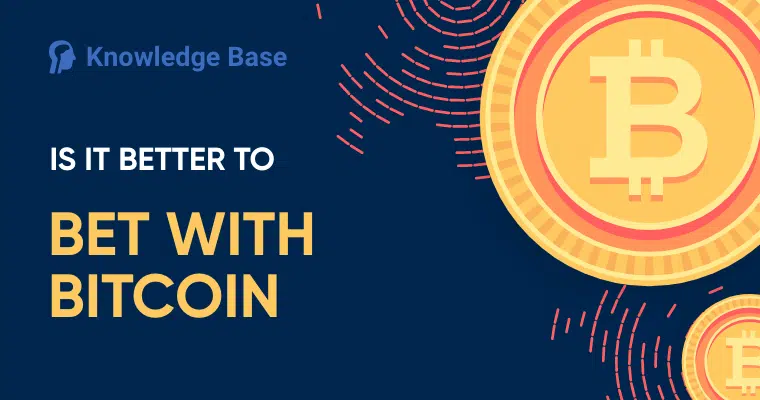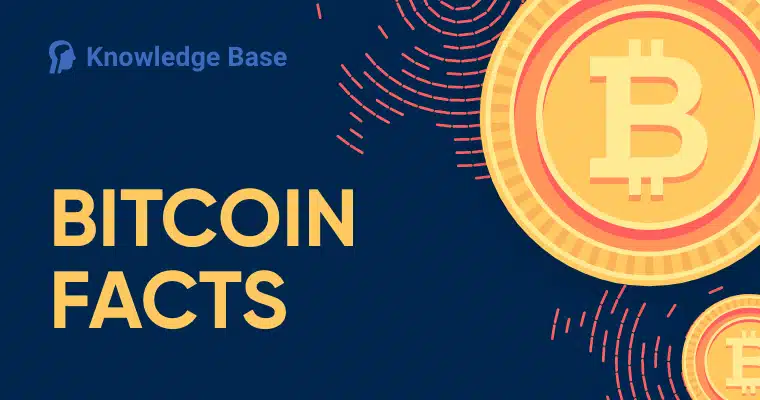How Many Bitcoin Transactions Per Day Does the Crypto Network Make?
One of the most common questions among cryptocurrency investors or people curious about Bitcoin concerns the number of daily transactions. More specifically, they want to know how many Bitcoin transactions per day the network processes.
Here, it’s important to point out that Bitcoin is being more widely embraced by vendors and was even recognized in 2021 as a legal tender for the first time. As such, it will have to face a blockchain scalability challenge to account for the increased number of transactions.
Bitcoin has faced similar challenges in the past, with the crypto’s transaction speed evolving significantly since its inception.
Bitcoin’s Early Days
Nowadays, it’s difficult to imagine a time when the Bitcoin network processes less than 200,000 transactions per day. But it wasn’t until July 12, 2015, when the number of Bitcoin transactions per day surpassed that 200k mark. At the time, the currency was hovering around $300. Bitcoin started 2015 at a low of about $315.
An earlier spike in the transaction volume came after BTC rapidly surged to more than $1,100 at the end of 2013. Bitcoin drew the attention of new users, increasing the number of transactions past 10,000 per day on average in 2012.
Since then, both the crypto market and the value of Bitcoin grew, leading to a greater transaction volume.
Bitcoin Transaction Speed and Block Size
On average, Bitcoin’s blockchain adds new blocks every ten minutes. Each new block contains transaction information, a cryptographic hash of a previous block, and its hash value, all packed in a 1 MB file.
The arbitrary block size limit of 1 MB has been a divisive issue among the Bitcoin community due to scalability concerns. Satoshi Nakamoto introduced the block limit in 2010, which remained in place until 2017.
Limiting the block size is motivated by valid security concerns, as it protects the mining ecosystem from bad actors. In other words, the limit on how many Bitcoin transactions per day the network can process is a security/scalability tradeoff.
Those opposed to the limit argued that it encourages higher transaction fees, and they wanted the market to develop more freely. This split in the Bitcoin community resulted in the creation of Bitcoin Cash.
SegWit
SegWit or Segregated Witness is a Bitcoin upgrade suggested in 2015 and implemented in August 2017. The upgrade significantly increased the capacity of the Bitcoin network.
Dr. Pieter Wuille’s suggestion on how to solve the scalability issue of Bitcoin was to separate the digital signature data from blocks. Since digital signatures take up 65% of data for each transaction, this allowed more transactions to be recorded in a 1 MB block, while an additional 3 MB of data would contain digital signatures.
Bitcoin transactions per second further underscore the potential for adoption, especially when compared with businesses like Visa. Transactions made with Visa average 1,700 per second, or around 150 million per day. Bitcoin can process about 4.5 transactions per second.
Lightning Network
Lightning Network is a second-layer solution added to Bitcoin as a way of dealing with increased transaction volume. The solution is based on the off-chain protocol consisting of payment channels. These payment channels consist of trusted parties that can transfer values between them without overburdening the mainnet.
A further increase in Bitcoin volume was made possible by having a protocol that opens a P2P payment channel between two parties. This is accomplished by enforcing blockchain security with smart contracts that require the lightning network user to lock a certain amount of Bitcoin. After the user locks the desired amount of BTC, they can invoice any amount up to the locked maximum.
Parties using a Lightning Network can make direct transactions with each other. After executing a lightning transaction, the funds of each participant are simply updated on the blockchain.
So, how many transactions per second can Bitcoin theoretically process by using the Lightning Network? Anywhere between a million and a billion transactions per second. This volume is far beyond the capability of conventional payment processors, and it also has low transaction fees, making it perfect for day-to-day payments.
Furthermore, the Lightning Network delivers the security benefits of the Bitcoin network, as it’s up to users to choose if they want to execute their transaction on the main blockchain. The Lightning Network also adds an additional layer of privacy because you can’t see all the individual transactions made on the blockchain. It’s also perfect for people who want to keep their Bitcoin betting private.
How Many Bitcoin Transactions Per Day Does It Take to Cause Fear of Uncertainty?
Bitcoin made between 124,000 and more than 401,000 transactions per day in 2021. The most significant transaction volume dip occurred in July 2021, when the price of Bitcoin dropped below $30,000. Many blame the decline in BTC’s price on Elon Musk’s tweets and Tesla’s decision to hit the pause button on accepting the digital currency as a payment method.
However, the low transaction volume in that period may actually be an indicator of a market that’s less speculative or susceptible to fear of uncertainty and doubt. Many people may have likely waited for Bitcoin’s price to stabilize before trading with it again. Furthermore, many BTC users may have kept long positions on trading platforms that have Bitcoin options.
The number of Bitcoin transactions per day peaked at 439,549 on May 1, 2019. At the time, it was traded at $5,400 per BTC.
FAQ
Is there a limit to Bitcoin transactions?
Bitcoin transactions are limited by the block size and the interval within which it is processed. With the SegWit upgrade implemented in 2017, the capacity of the Bitcoin mainnet has more than doubled, allowing for 4.5 transactions per second on average.
How long do 3 Bitcoin transactions take?
Bitcoin transactions can take anywhere between 10 minutes and an hour. However, getting confirmation on the transaction can take less time, which is often enough for transactions with small amounts of BTC.
How many transactions can Bitcoin do per second?
The more important question is, how many Bitcoin transactions per day does the network execute? In 2021, that number climbed above 400,000, but it largely depends on the network being used. Bitcoin can process around 4.5 transactions per second on its mainnet. However, Bitcoin has a second layer solution, the Lightning Network, capable of processing more than a million transactions per second, making it convenient for playing Bitcoin slots.






